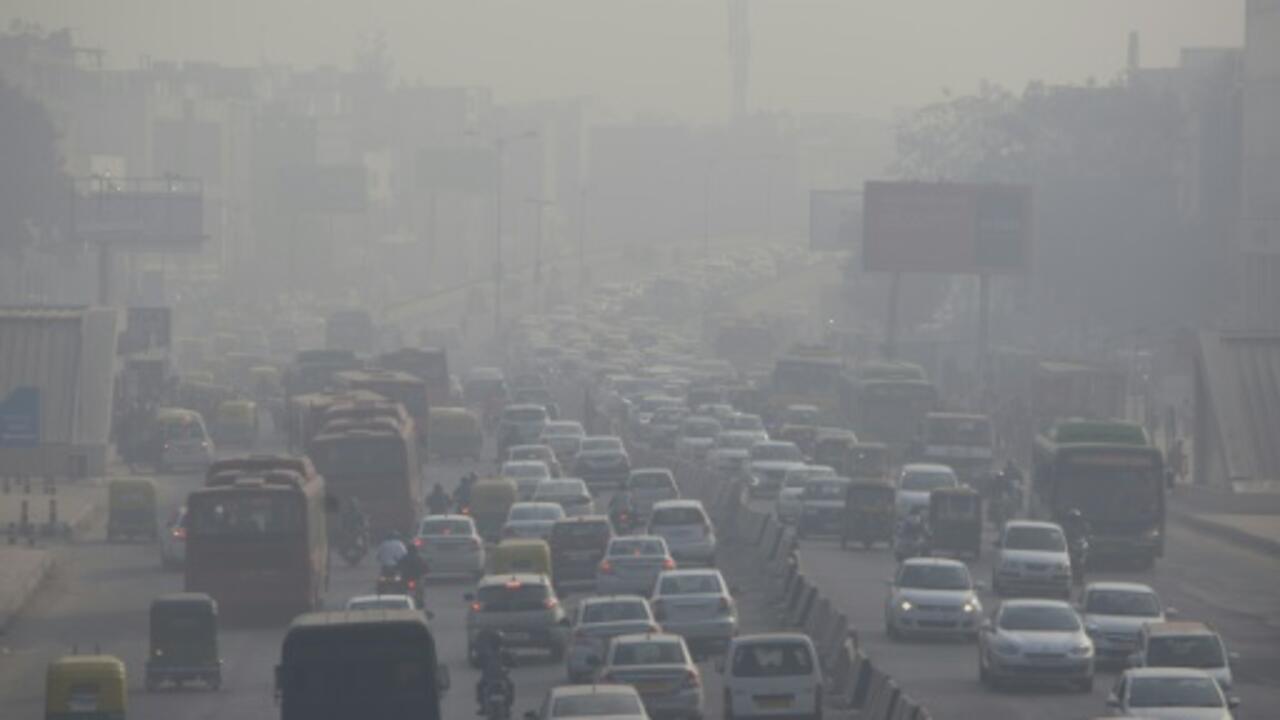In its latest bulletin on the main greenhouse gases published on Monday, October 25, the World Meteorological Organization (WMO), a United Nations (UN) agency, shows that once again, the concentrations of the three main greenhouse gases greenhouse gases, which trap heat in the atmosphere, peaked in 2020.
The economic slowdown imposed by the Covid-19 pandemic "has not had a noticeable impact" on the level and progression of greenhouse gases in the atmosphere, despite a temporary decline in new emissions, explains the OMM.
The annual rate of increase in the concentrations of carbon dioxide (CO2), methane (CH4) and nitrous oxide (N2O) even exceeded the average for the period 2011-2020 last year.
The levels of #greenhouse gases in the atmosphere once again reached a new record last year
The annual rate of increase was above 2011-2020 average
That trend has continued in 2021, says new WMO Bulletin.
# COVID19 had little impact on the rising curve, #ClimateAction # COP26 pic.twitter.com/2z2JJvgpkl
- World Meteorological Organization (@WMO) October 25, 2021
"At the rate of increasing greenhouse gas concentrations, the rise in temperatures at the end of the century will be well above the objectives of the Paris agreement, 1.5 to 2 ° C above pre-industrial levels . We are very far from the goal, "warned WMO Secretary General Petteri Taalas.
"Many countries are now setting carbon neutrality objectives and we hope to see a spectacular increase in commitments at COP26. (...) We must rethink industry, the energy sector and transport, and our whole way of life. . The necessary transformations are economically affordable and technically feasible. There is no time to waste, "he added.
According to the latest UN assessment, the current greenhouse gas emission reduction commitments of nearly 200 countries would lead to a "catastrophic" warming of 2.7 ° C, far from the target of the Paris agreement.
"The catastrophe is approaching"
The UN hopes world leaders in Glasgow take action to keep the planet on a bearable warming trajectory in the coming years, as data shows CO2 levels continued to rise in 2021.
And CO2, which comes mainly from the combustion of fossil fuels and the production of cement, is by far the main cause of this warming.
Last year, its concentration stood at 413.2 ppm (parts per million) in 2020, 149% above the pre-industrial level.
"It's not just a chemical formula and numbers on a graph. It has massive repercussions on our daily lives and well-being, on the state of the planet and on the future of our children. and grandchildren ", alerted Petteri Taalas.
Methane, of which approximately 60% of atmospheric emissions are of human origin (ruminant farming, rice cultivation, landfills, etc.), and nitrous oxide, of which approximately 40% of emissions into the atmosphere are of human origin (fertilizers and manure), also reached peak concentrations in 2020.
As for radiative forcing (the ability of the Earth to conserve energy from the Sun or send it back into space), which has the effect of warming the climate, it increased by 47% between 1990 and 2020.
Global temperature will continue to rise as long as emissions continue.
And, since CO2 remains in the atmosphere for centuries and even longer in the ocean, the warming already observed will persist for several decades, even if net emissions were reduced to zero quickly, warns the WMO.
This report shows that the climate is "out of control" despite warnings from experts, underlines Euan Nisbet, researcher at the Royal Holloway University of London: "The disaster is approaching, but we can not prevent it, all that the 'we can do is scream. "
With AFP
The summary of the week
France 24 invites you to come back to the news that marked the week
I subscribe
Take international news everywhere with you!
Download the France 24 application
google-play-badge_FR

